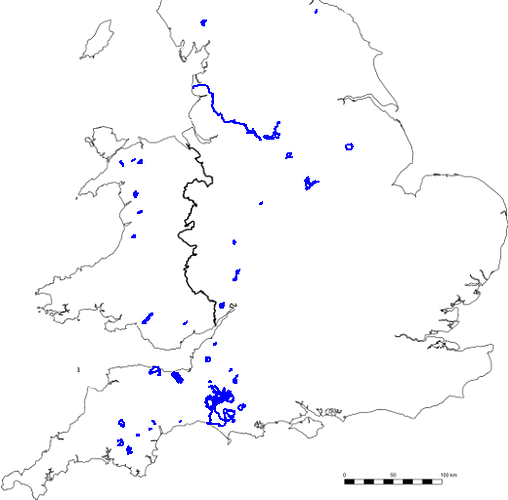The new GPS units that include heart rate monitoring and other fitness features are cool. Something like that is going to be on my want list sometime soon.
But GPS does have limitations. It will only give you decent accuracy for speed and distance when it can get good reception. At times it will not be able to get any reception at all which means that it is only guessing or not displaying speed or distance at all while it is out of reception.
Things that affect reception and accuracy are satellite geometry in the sky (which is of course constantly changing), buildings nearby (reception in a downtown area with skyscrapers will be more difficult than in areas with lower buildings or no buildings at all), trees overhead, how many leaves are on the trees, how much rain is on those leaves, fog, rain, snow, how the GPS antenna is oriented, you body can even block the signal. Putting your hand over the antenna can be enough to block the signal. So there is lots that can affect accuracy and even whether or not you’ll be able to get a lock on the satellites.
If you’re really interested in instantaneous speed readings and accurate speed readings then a traditional cycle computer that has a magnet on the wheel will give better results.
If you’re looking at GPS units now it is better to go with one of the new models that includes the newer and more sensitive GPS chips. They have better signal reception and better battery life. For Garmin units that new chip technology is by SiRF. Here’s Garmin’s Press Release about the SiRF chip. You’ll have to dig around to find out which of the newer Garmin units are using that chip.
For accuracy the number that the GPS units report as accuracy (like say 20 feet of accuracy) is just a guess based on satellite geometry in the sky and not anything to go by. The actual accuracy could be very different. Again, that number is just a guess and not something that you should go by.
GPS units don’t always do a good job by themselves for altitude or elevation info. Their first priority is to get the 2D location right. The 3D info (elevation) is secondary. 2D location is going to be more accurate than the elevation. So if the unit says you’ve got 52 feet of accuracy you can figure that the elevation accuracy is going to be worse than 52 feet. 2D location requires a lock on at least 3 satellites. 3D location requires a lock on at least 4 satellites. If you want more accurate elevation readings you should get a unit that includes a barometric altimeter that supplements the GPS calculated elevation readings. The barometric altimeter will continue to get readings even if there are no satellites in view and its accuracy is also better.
Garmin has a good description of GPS technology.
WAAS is nice but it is not guaranteed to always make the GPS reading more accurate. At times it can actually decrease the real (as opposed to the reported) accuracy. WAAS will only improve the accuracy if the WAAS satellite is in view. The WAAS satellite sits low on the horizon so it can be easily blocked by trees, buildings, cliffs, etc. If you’re in an area where you are not likely to be able to pick up the WAAS satellite it is best to turn that feature off. Out in the ocean or up in a plane the WAAS works great because it is easy to see the satellite. In the woods or in the urban jungle, WAAS is less useful.
Knowing what is going on with GPS and how to use it correctly quickly gets in to technical matters. To use it correctly you need to know how it works along with where and when it will or will not work.
I have an old Garmin Vista. It frequently loses satellite lock due to tree cover when I go on muni rides. It also loses the satellites at times when I go on Coker rides. It uses the older and less sensitive GPS chip. The new SiRF chip should do better, but I haven’t used a GPS with that new chip yet to compare.

